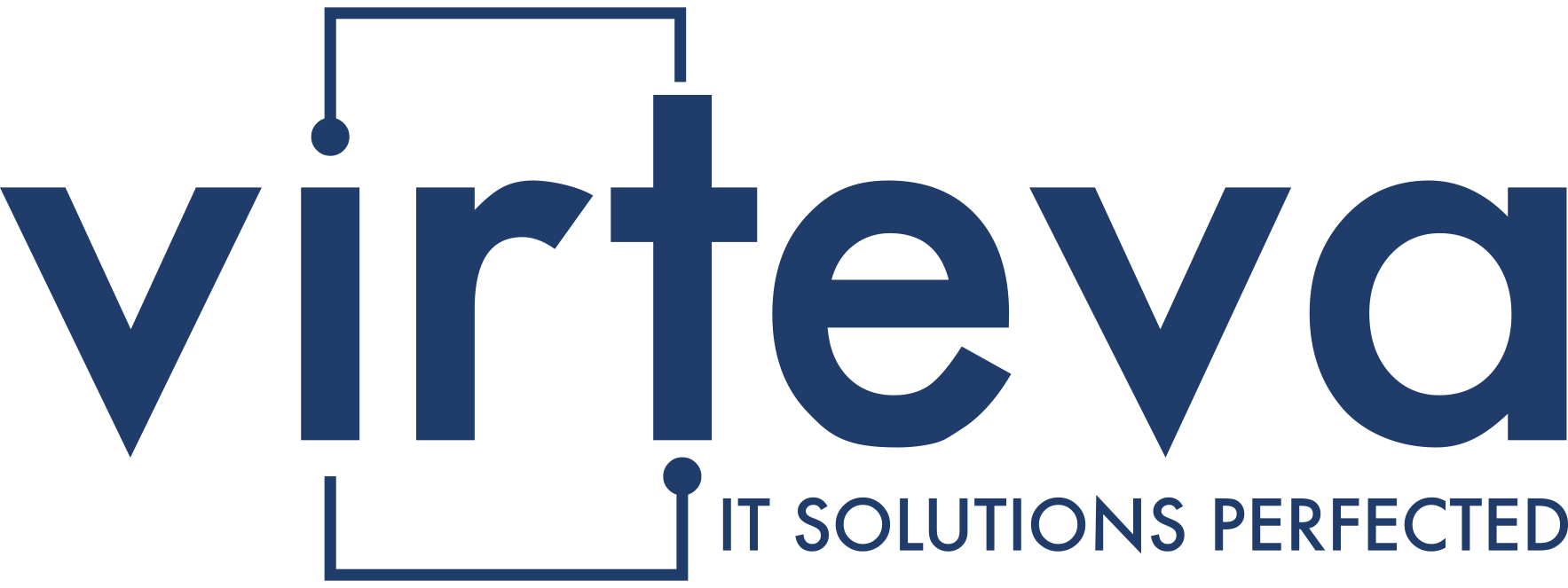Microsoft Copilot is revolutionizing how businesses interact with data and manage tasks within their Microsoft 365 environments. Here are twelve advanced tips designed for IT professionals seeking to maximize the potential of Microsoft Copilot:
1. Customize Copilot’s Access Controls
Utilize role-based access controls (RBAC) within Azure Active Directory to manage who in your organization can interact with Microsoft Copilot. Tailor permissions to ensure users have the necessary access without compromising security.
2. Integrate with Power Automate for Enhanced Workflow Automation
Combine the capabilities of Copilot with Power Automate to streamline complex workflows. Create custom flows that trigger Copilot actions based on specific conditions or events, enhancing efficiency across your operations.
3. Leverage Advanced Query Capabilities
Train your team to use natural language queries effectively. Microsoft Copilot can handle complex queries, allowing users to extract detailed insights from data spread across various Microsoft 365 applications.
4. Secure Copilot Deployments
Implement strict security measures such as conditional access, MFA, and session controls to secure the Copilot interface. Ensure that all interactions with Copilot are monitored and logged for audit purposes.
5. Optimize Copilot for Compliance
Ensure that Copilot usage complies with your organization’s data governance policies. Utilize compliance tools within Microsoft 365 to regularly review and adjust Copilot’s settings to align with legal and regulatory requirements.
6. Enhance Decision Making with Predictive Analytics
Use Copilot’s predictive analytics capabilities to forecast trends and model potential business outcomes. This can guide decision-making processes and strategic planning within the organization.
7. Deploy Copilot Across Teams
Encourage different departments to adopt Copilot, customizing its use to fit various roles, from finance teams using it for budget analysis to HR teams for managing employee data. This broad deployment can maximize ROI across your enterprise.
8. Utilize AI Insights for Cybersecurity
Apply Copilot’s AI-driven insights to enhance your cybersecurity measures. It can analyze patterns and anomalies in data that might indicate potential security threats, allowing for proactive management of vulnerabilities.
9. Monitor Usage and Performance Metrics
Regularly monitor how your organization uses Copilot, assessing user engagement and the tool’s performance. This data can help refine your deployment strategy and optimize Copilot settings for better efficiency.
10. Facilitate Advanced Training and Support
Provide advanced training for IT staff and end-users to leverage Copilot’s capabilities fully. Consider creating a dedicated support team within IT to assist users in navigating complex scenarios with Copilot.
11. Customize Interaction Based on User Preferences
Allow users to customize how they interact with Copilot through voice, text, or a graphical interface. Personalization can improve user experience and increase adoption rates.
12. Integrate with External APIs
Extend Copilot’s functionality by integrating it with external APIs. This allows Copilot to pull data from outside sources, providing a more comprehensive view and enabling more complex data manipulation tasks.
These advanced tips for Microsoft Copilot are intended to help IT professionals exploit this powerful tool’s full capabilities, ensuring it fits into your organization’s technological ecosystem and drives innovation and efficiency. Regular updates and adaptations in line with technological advancements will enhance its effectiveness and security.




